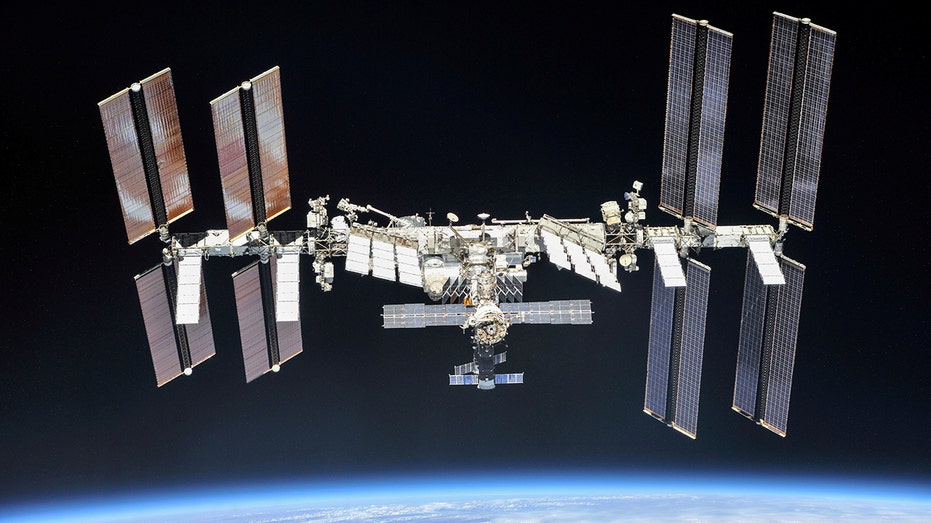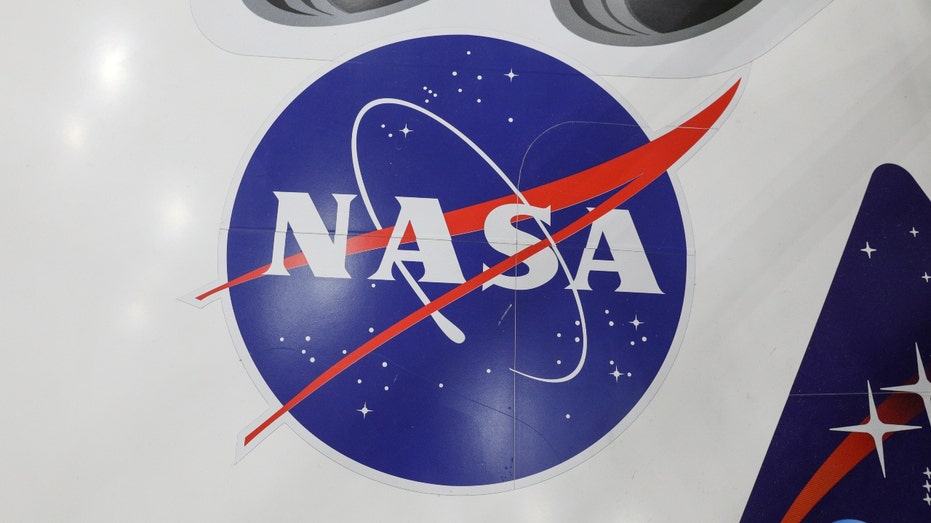NASA needs a design for $1 billion space-tug for International Space Station
Companies have until Nov. 17 to submit their design proposals
WATCH LIVE: Russian cosmonauts perform spacewalk at the International Space Station
The Expedition 69 crewmates will attach three debris shields and test a work platform during the seven-hour spacewalk.
Taking the aging International Space Station (ISS) out of orbit will require a potentially $1 billion space-tug – and NASA just recently kicked off its search for design proposals of such a spacecraft.
The space-tug that NASA has started fielding proposals for will be "focused on the final deorbit activity" of the entire process that will ultimately see it come out of orbit somewhere over an ocean far away from people, NASA said earlier this month in a blog post. The spacecraft, which can be a novel design or a modification of an existing one, has been officially referred to as the U.S. Deorbit Vehicle.
NASA indicated earlier in the year that the spacecraft could cost around $1 billion, according to reports. Industry members have until Nov. 17 to submit their design proposals.

The International Space Station with Earth in the background (NASA / SWNS) (NASA/SWNS / SWNS)
The decision to pursue the U.S. Deorbit Vehicle came after NASA and partners conducted reviews that "indicate a new spacecraft solution would provide more robust capabilities for responsible deorbit," the agency said. Russian spacecraft having a role had previously been weighed.
AIRBUS, VOYAGER SPACE FORM JOINT VENTURE TO BUILD NEW SPACE STATION
For designing, developing, testing and evaluating the spacecraft, those submitting proposals can either seek a "Firm Fixed Price" or "Cost Plus Incentive Fee," while the other portions of the contract will use a "Firm Fixed Price," according to NASA. Value and competition reasons prompted the agency to do so.
NASA will require the space-tug to "function on its first flight and have sufficient redundancy and anomaly recovery capability to continue deorbit burn," according to its blog post.

HOUSTON, TX - OCTOBER 24: A NASA graphic is seen inside the Space Vehicle Mockup Facility during a media preview for an upcoming public open house at NASA's Johnson Space Center on October 24, 2018 in Houston, Texas. The public open house will celebr ((Photo by Loren Elliott/Getty Images) / Getty Images)
It will, however, be some time before the spacecraft has to do its job in the ISS deorbit, for which NASA has said all the agencies involved in the ISS have responsibility.
NASA, ROCKET LAB LAUCH PART OF SATELLITE CONSTELLATION TO STUDY TROPICAL STORM SYSTEMS
NASA and three other space agencies – the Canadian Space Agency, the European Space Agency and the Japan Aerospace Exploration Agency – plan for about seven more years of ISS usage. By that time, it will have been in space for three decades.
The other agency involved in the ISS, Russia’s State Space Corporation, has pledged to do so "through at least 2028," according to NASA.

International Space Station (NASA/SWNS) (NASA/SWNS / SWNS)
NASA said it expected the full process of bringing the U.S. Deorbit Device to fruition to span years.
NASA DEVELOPING SNAKE-LIKE ROBOT TO SEARCH FOR LIFE ON ONE OF SATURN'S MOONS
Post-ISS, the agency has goals of using commercial space stations for its low orbit efforts, according to the blog post. Some big-name companies have been working on concepts for those.
One astronaut for NASA and two for Russia recently left the ISS, returning to Earth on Wednesday morning, according to another blog post. The ISS is now hosting seven astronauts, including two affiliated with NASA, one with ESA, one with JAXA and three with Russia.




















